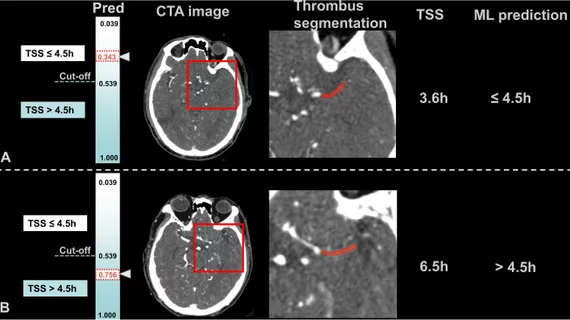Evidence supporting use of radiomics is 'insufficient' and 'weak,' according to new meta-analysis
Although the predictive power of radiomics has been touted as a tool that could improve patient outcomes, the method has a long way to go before it can be reliably introduced into real-world clinical environments.
That’s according to a systemic review in Insights into Imaging that analyzed more than 40 meta-analyses on the use of radiomics. The review uncovered several published studies that offered weak, suboptimal and/or highly suggestive evidence, some with critically low confidence, suggesting that there are still obstacles that must be overcome before radiomics can be routinely implemented into clinical practice.
“Radiomics seems to potentially have a huge impact on clinical routine at first sight, but so far, little to none of these encouraging findings have served as evidence supporting these research tools translating into clinical application,” corresponding author of the new review Huan Zhang, with the Department of Radiology at Ruijin Hospital in Shanghai, China, and colleagues explained. “Although an increasing number of systematic reviews and meta-analyses are published in various medical fields, it is still unclear how far radiomics is from current research to clinical application.”
To assess the analyses' reporting transparency, quality and risk of bias the group used three tools: the PRISMA (Preferred Reporting Items for Systematic reviews and Meta-Analyses) 2020 checklist, AMSTAR-2 (A MeaSurement Tool to Assess systematic Reviews, version 2) tool, and ROBIS (Risk Of Bias In Systematic reviews).
Through this, a deviation from standard PRISMA adherence was observed in 65 ± 9% of analyses. Using the AMSTAR-2 tool, the team noted 39 reviews with critically low confidence, and the ROBIS assessment also uncovered problematic findings, revealing low, unclear and high risk of bias in 5, 11 and 28 studies.
Overall, the authors described the quality of studies included in their review as “suboptimal,” noting that many were “insufficient in reporting, suboptimal in methodological quality" in addition to having high risk of bias.
Future research should provide a more scientific base for low-confidence results and clinical validation for those with high-confidence findings, the team suggested.
The study is available in Insights into Imaging.

